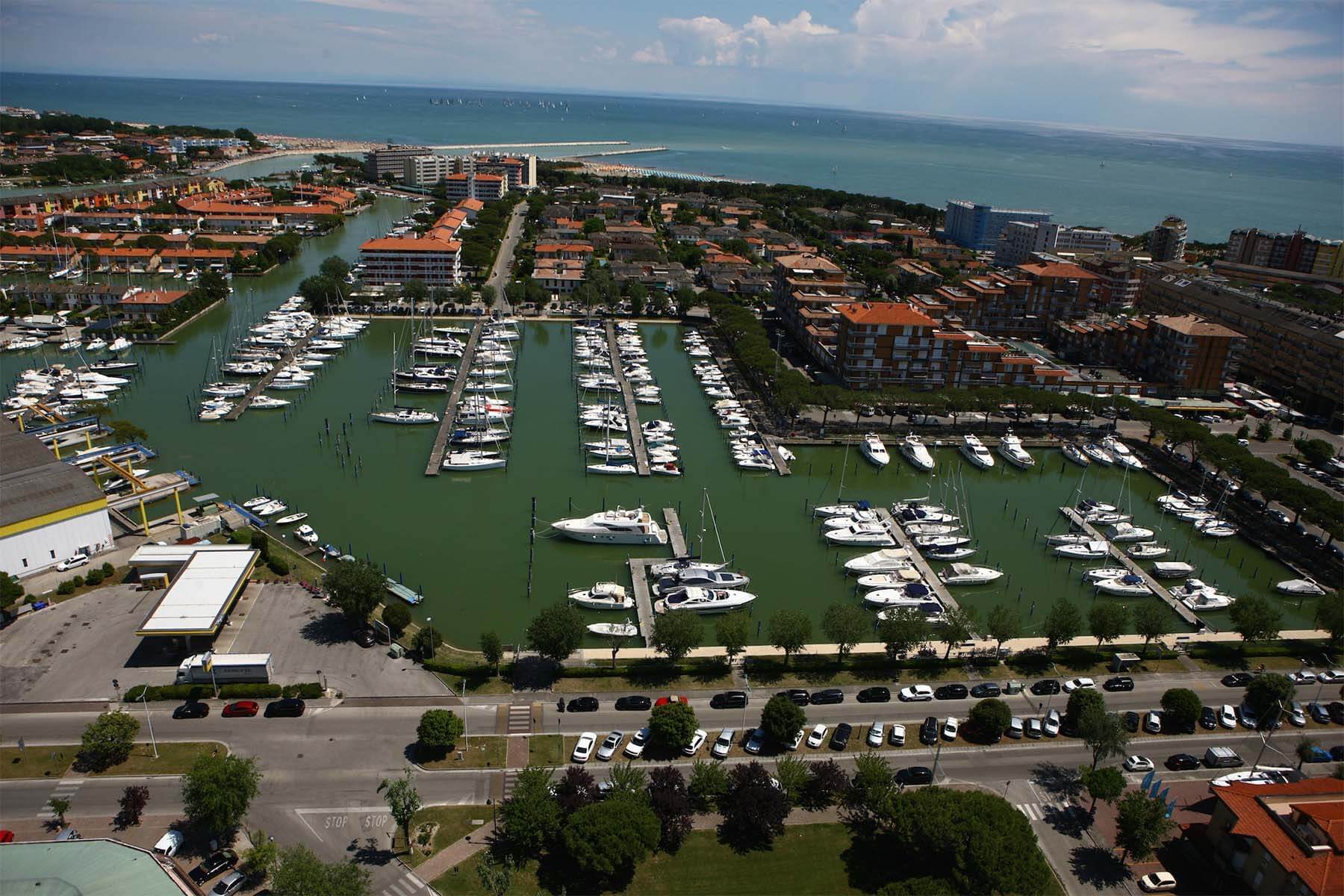Porto Santa Margherita
 Altro
Altro
Descrizione
La località balneare di Porto Santa Margherita è nata negli anni Sessanta come importante polo nautico e si è sviluppata successivamente valorizzando la sua forte vocazione turistica. Oltre alla darsena, con i suoi oltre 500 posti barca e tutti i servizi connessi, il centro propone una vasta gamma di strutture ricettive, un mercato settimanale, una zona pedonale e stabilimenti balneari efficienti. La località è collegata alla città di Caorle tramite una pista ciclabile ed inoltre, nel periodo estivo, è possibile approfittare del servizio di traghetto sul fiume Livenza.
Di rilievo è la chiesa parrocchiale dedicata alla Croce Gloriosa e a San Giovanni XXIII, mentre di fronte si trova la piscina comunale con annessa palestra. Anticamente Porto Santa Margherita era nota come 'Lido delle Donzelle' per un fatto storico realmente accaduto nel X secolo: il famoso "Ratto delle Donzelle", conosciuto e celebrato ancora oggi a Venezia come "Festa delle Marie". La notte del 1 febbraio, i pirati narentani entrarono a Venezia e rapirono le novizie, che dovevano andare in spose ai nobili veneziani, con tutte le loro ricchezze. Ma la flotta veneziana guidata dal doge Pietro Candiano II reagì e raggiunse i pirati sui lidi dell'attuale Porto Santa Margherita, sconfiggendoli con l'aiuto dei caorlotti.
Porto Santa Margherita started out in the 60s as nautical centre and developed in the successive decades as a tourist resort; besides the marina, equipped with over 500 berths and all related services, the locality offers a wide accomodation range, a pedestrian area, a weekly market and state-of-the-art beach clubs. A well-lit cycling route connects the locality with Caorle, as well as a ferryboat service on river Livenza during the summer season. In front of the church devoted to Croce Gloriosa and Saint Giovanni XXIII, the public indoor swimming-pool and annexed gym is located. In the past Porto Santa Margherita was known as “Beach of the Maidens” due to an episode, the Rape of the Maidens, which really happened in Venice in the Xth century: some Slavic pirates raped the brides and their dowries, as the maidens were on the way to be wed to the Venetian noblemen. With the help of people of Caorle, the Venetian fleet managed to reach the pirates in the proximity of Porto Santa Margherita and to take them as prisoners. The event is still celebrated nowadays, in the “Festa delle Marie”, that takes place in Venice every year during the Carnival.
Der Badeort Porto Santa Margherita ist in den 60er Jahren als wichtiges Schifffahrtszentrum entstanden; in den folgenden Jahren hat er sich auch als Urlaubziel entwickelt. Neben dem Hafen, der über 500 Liegeplätze und den dazugehörigen Dienstleistungen verfügt, bietet die Ortschaft eine große Auswahl von Unterkünften, eine Fußgängerzone, einen Wochenmarkt im Sommer, und gut ausgestattete Badeanstalten an. Der Ort ist durch einen Radweg mit Caorle verbunden, im Sommer gibt es auch einen Fährdienst über den Fluß Livenza. Gegenüber der neuen Kirche, dem Glorreichen Kreuz "Croce Gloriosa" und an Johannes XXIII gewidmet, befindet sich das Hallenbad der Stadt mit angrenzender Turnhalle.
Porto Santa Margherita war früher als "Lido der Jungfrauen" bekannt, wegen einer wahren historischen Episode: der berühmte “Raub der Jungfrauen”.
Im X Jahrhundert, in der Nacht des 1. Februars wurden einige Mädchen, Bräute des venezianischen Adels, vor der Hochzeit von Slavonischen Piraten entführt. Die Piraten segelten weg, aber dem Dogen Pietro Candiano II gelang es, sie an der Küste vor Porto Santa Margherita mit seiner Flotte einzuholen, wo sie dann mit Hilfe der Einwohner von Caorle die Piraten besiegten. Zu Ehren dieses Vorfalls findet nach wie vor jedes Jahr ein Fest, das sogenannte “Festa delle Marie”, in Venedig statt.

